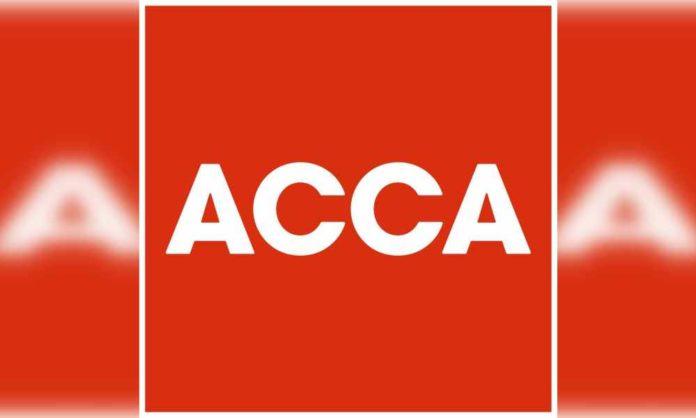The Global Economic Conditions Survey (GECS) for Q4 indicates signs of stabilisation, but several indicators are still lower than they were in Q4 of last year. The good news is that the GECS Confidence Index increased modestly for the second consecutive quarter. This may be due to anticipation that the worst of the central bank tightening may soon be over and that China may be able to lift its zero-COVID limitations.
However, since 2012, the Confidence Index has been below its median reading. The other three economic indicators—new orders, capital expenditures (CapEx), and employment—don’t offer much good news. CapEx increased slightly but is still below the median for the same time period; new orders and employment continued to deteriorate modestly.
Overall, the findings are in line with a meek macroeconomic prognosis. The good news is that, despite the fact that this is the base case scenario for many economists, they do not yet appear to be at levels that are consistent with a full-blown global recession in 2023.
The two GECS “Fear” indexes, which indicate respondents’ worries that clients and/or suppliers might go out of business, serve as a useful cross-check. Fortunately, despite the steep increase in borrowing costs and the likelihood of negative corporate earnings growth in 2023, these remained mostly unchanged from the 2022 Q3 survey.
What strikes out is the growth in trust in wealthy countries, both in Western Europe and North America, according to Assad Hameed Khan, head of ACCA Pakistan. The increase in confidence is likely due to optimism that the situation in Russia and Ukraine will be managed and that there would be enough natural gas to get Europe through what is now more than likely to be a mild winter. However, if one looks at the weaker emerging markets (particularly Pakistan), 2023 may still be a difficult year as seen by the mounting concerns about sovereign credit and requests for help from the International Monetary Fund (IMF). Additionally, the central bank continues to face pressure for continued higher interest rates, monetary tightening, and limitations on foreign exchange transactions (slowing GDP even more).
“Global confidence has moved up for the second consecutive quarter as cost concerns have eased and with anxieties about obtaining credit and getting fast payment have not gotten any worse,” said Loreal Jiles, vice president of research and thought leadership at IMA.
“Given the world’s central banks’ recent swift tightening of monetary policy, this comes as a bit of a surprise. In terms of pace, scope, and breadth, the past year has seen the most aggressive tightening of policy in more than 40 years. It’s odd that this hasn’t yet had a significant effect on the availability of finance and cash flows for businesses. But because of the lengthy and unpredictable lags involved in monetary policy, this issue might worsen later in 2023.
Three significant uncertainties affect the world economy.
First, has the level of tightness implemented by central banks been overdone or underdone?
Second, is it possible for China to implement a smooth transition from zero-COVID without further lockdowns?
Third, will wage pressures subside without significantly damaging the labour market?
Whether the combination of early retirement, protracted ill health, and the shift to hybrid working has significantly affected the balance of power between employers and employees is one of the unanswered concerns from the COVID crisis. It might be more difficult for central banks to achieve their 2% objective for core inflation as a result of these altered employment-market dynamics.
As 2023 goes on, the answers to each of these queries will become much more obvious.
Stay tuned to Brandsyario for the latest news and updates.











































